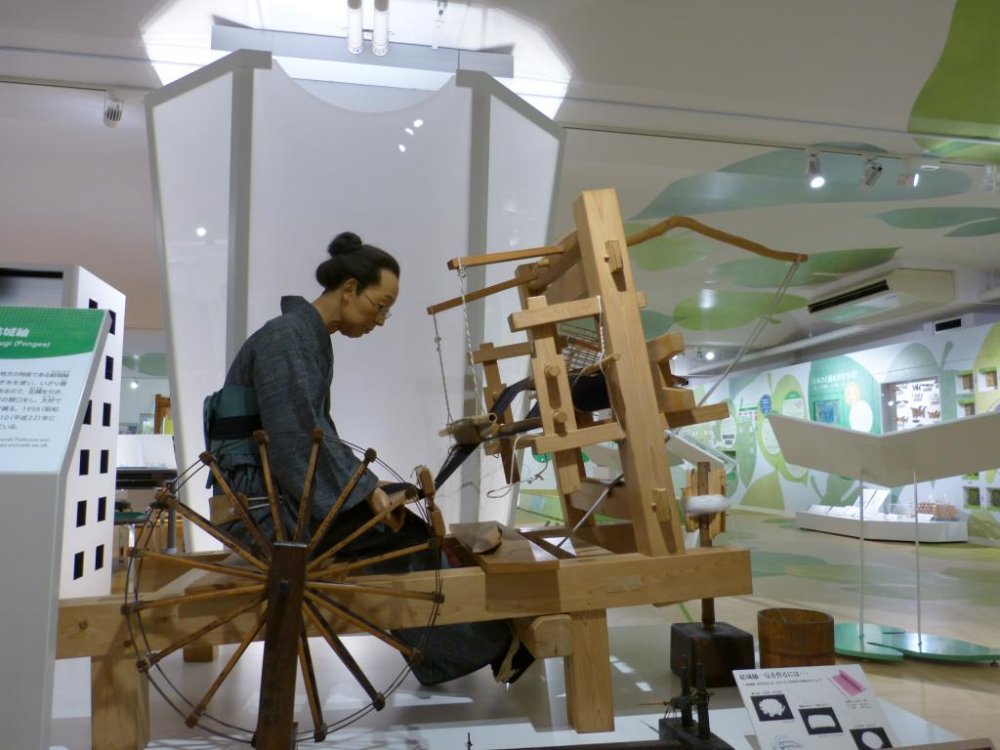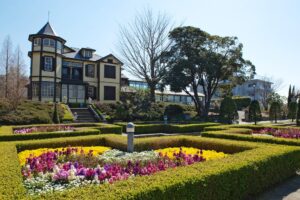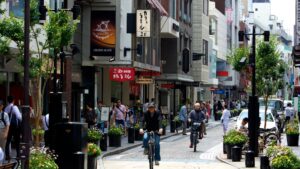One of the most fascinating things about Japan is its stunning kimonos, which are made from silk. If you wanted to find out more about this craft, silkworms, and see some amazing kimonos, just visit the Yokohama Silk Museum.
What Is So Special about Yokohama Silk Museum?
If you ask me, what makes it special is the focus on silk: you’ll learn about its history, production, and cultural significance. Let’s not forget silk has always been huge in this country, so, being able to delve into its history and manufacture is a treat.
The museum’s exhibits cover the entire process of silk production, from the cultivation of silkworms to the creation of finished fabrics and garments. You will learn about the different types of silk (mulberry silk, tussah silk, and eri silk) and see how silk is transformed into luxurious fabrics.
One of the highlights of the Yokohama Silk Museum is the Silk Hall, which features a range of exhibits on the history and culture of silk. You can see a range of antique silk fabrics and garments, including kimonos, obis, and haori jackets, as well as historical artifacts related to silk production and trade.
Want to Try Your Hand at Silkmaking?
Well, you’ll not be disappointed, as the Yokohama Silk Museum also hosts a range of workshops and classes, where you can learn how to dye silk, weave silk fabrics, or create your own silk garments. These workshops are a great opportunity to learn a new skill and get hands-on experience with silk production.
Overall, the Yokohama Silk Museum is a great destination for anyone interested in textiles, fashion, or the history of Japan. Even kids will have a blast, learning so much and seeing with their eyes how unsightly worms can create such beauty.
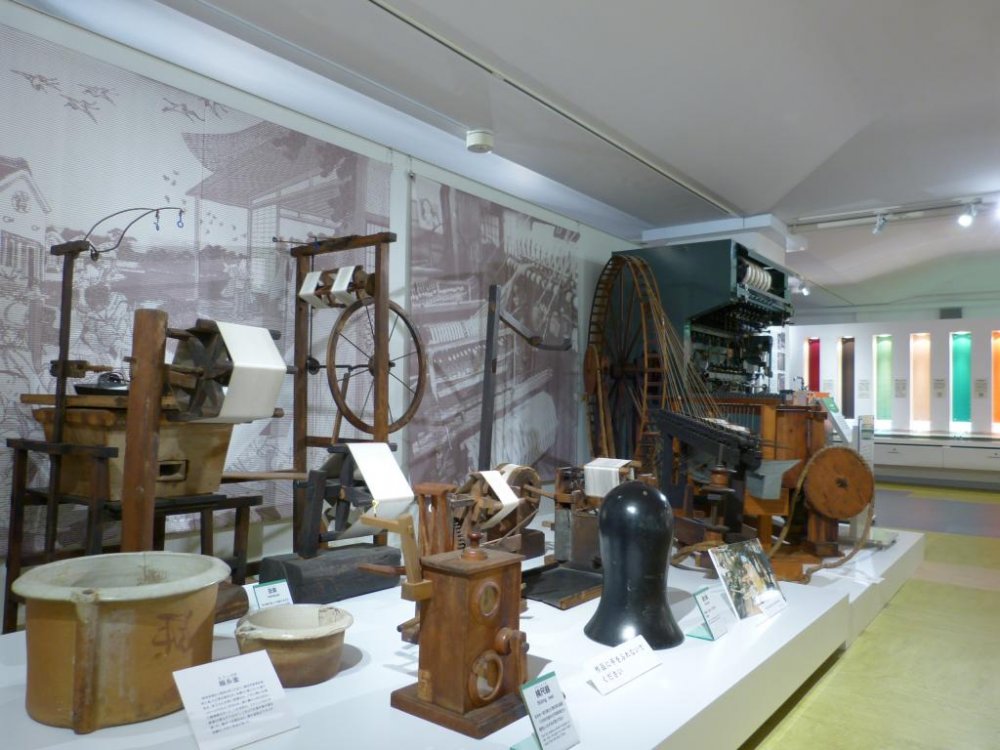
It may look a little outdated, compared to other museums, but the Silk Museum still gives an amazing insight into the world of silk and hands-on experiences for the visitors (kids especially).
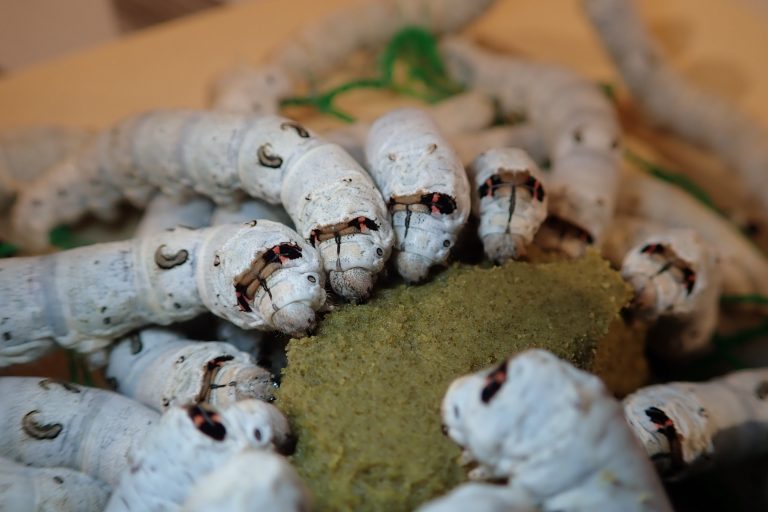
Did you know that it takes between 3 000 and 9 000 cocoons (depending on the size and design complexity) to make a kimono?
Each cocoon provides about 1,300 m of raw silk.
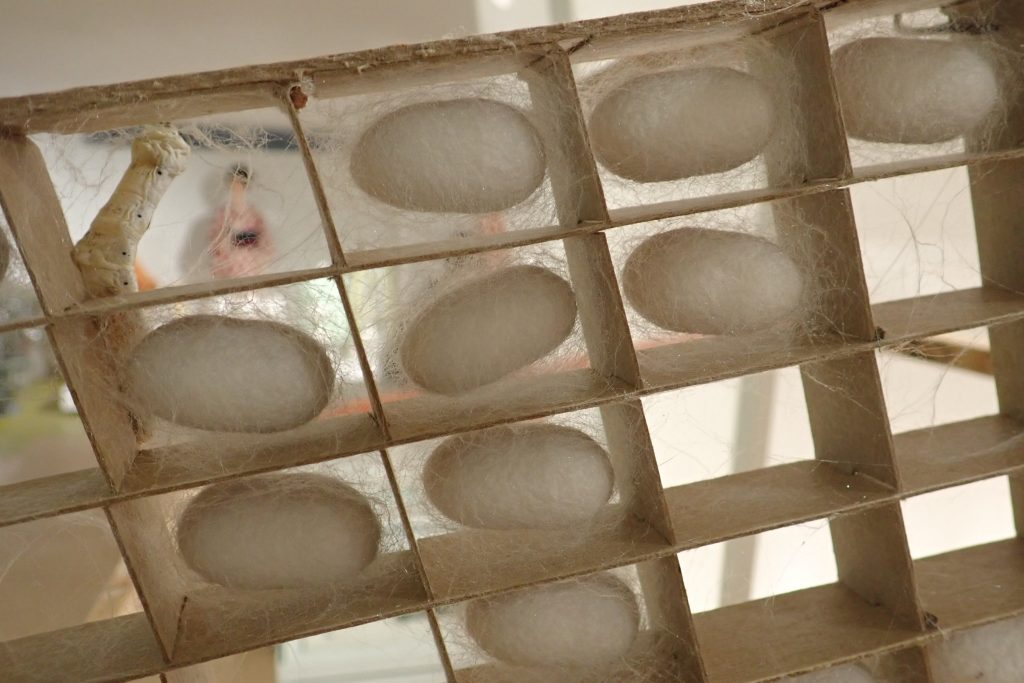
You will also discover how Yokohama became one of the silk trade’s major ports. There are also temporary exhibitions on silk-producing countries, such as Laos and Uzbekistan.
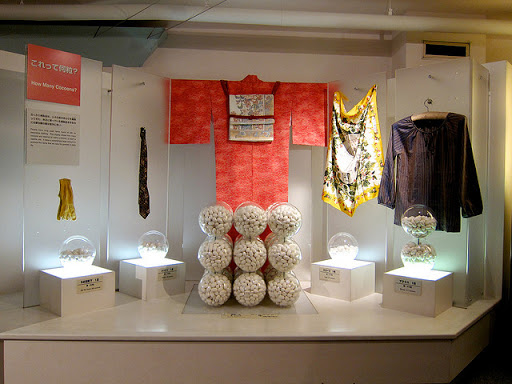
Yokokama Silk Museum Map
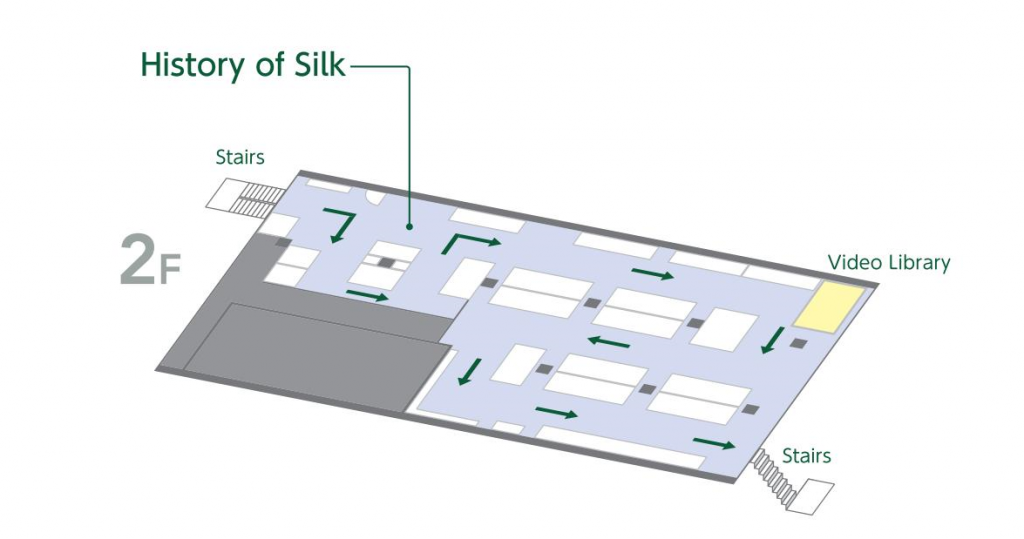
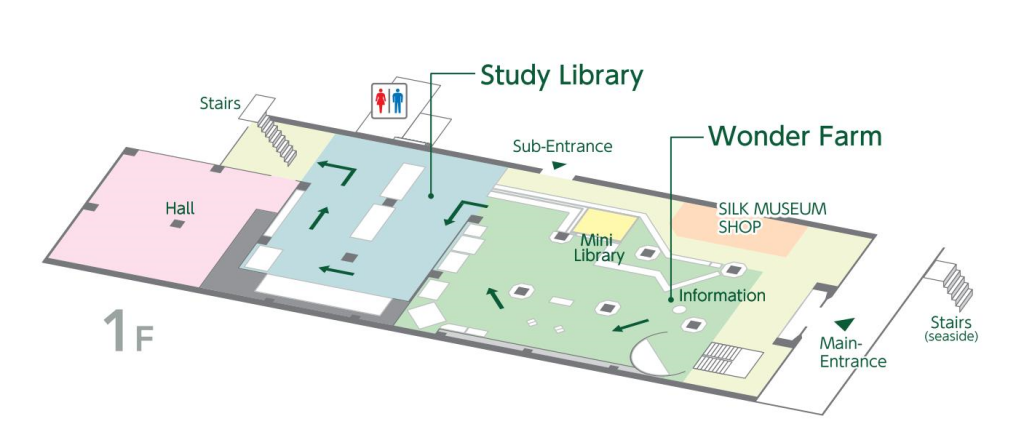
Yokohama Silk Museum Contact Info
Address: 1st Yamashita Town, Naka-ku , Yokohama City, 231-0023, Japan 2nd floor, Silk Center
TEL: 045-641-0841
FAX: 045-671-0727
Yokohama Silk Museum History
When Yokohama’s port opened to the world, back in 1859, many foreign ships started to come into the city and the interest for silk increased, so much that in 1909 Japan became the world’s biggest exporter of raw silk.
From the time of the port opening to the early Showa Period (which began in 1926), raw silk served as a major export product for Japan via local traders.
Sericulture and silk production played an important role in the nation’s economy and contributed greatly to Japan’s modernization.
And, since this amazing material is so tightly tied to the growth of the entire country, it was expected for the Yokohama Port to have its own Silk Museum.
On March 1959, when the city celebrated a century since opening to the world, the Silk Museum became a reality.
It is located at the former Jardine Matheson & Co. (English House No.1, an English trading company, which brought prosperity to Yokohama from the silk trade in the first years of the newly-opened Yokohama Port.
So, if you are interested in all the things to do in Yokohama, the Silk Museum is a must.

